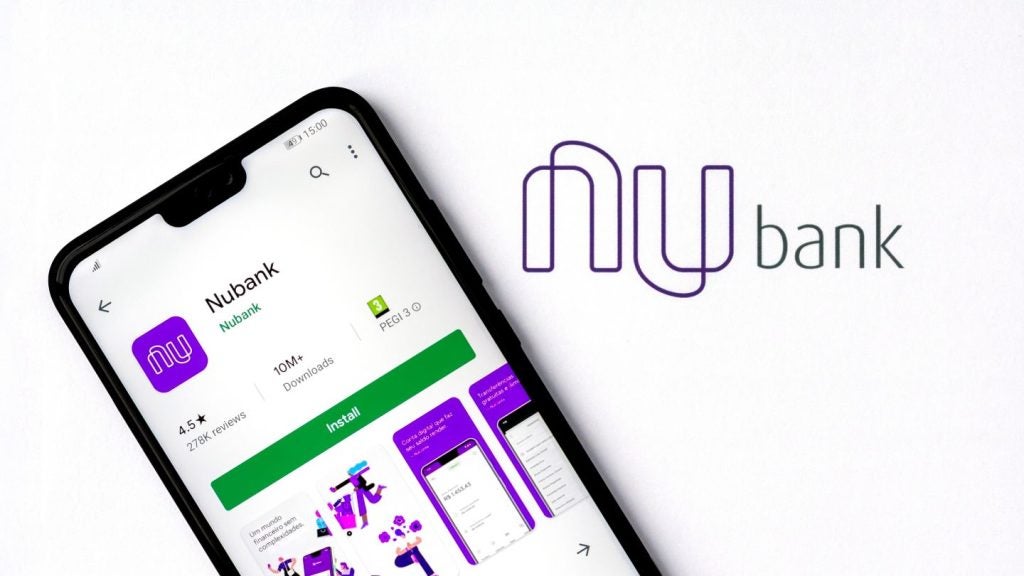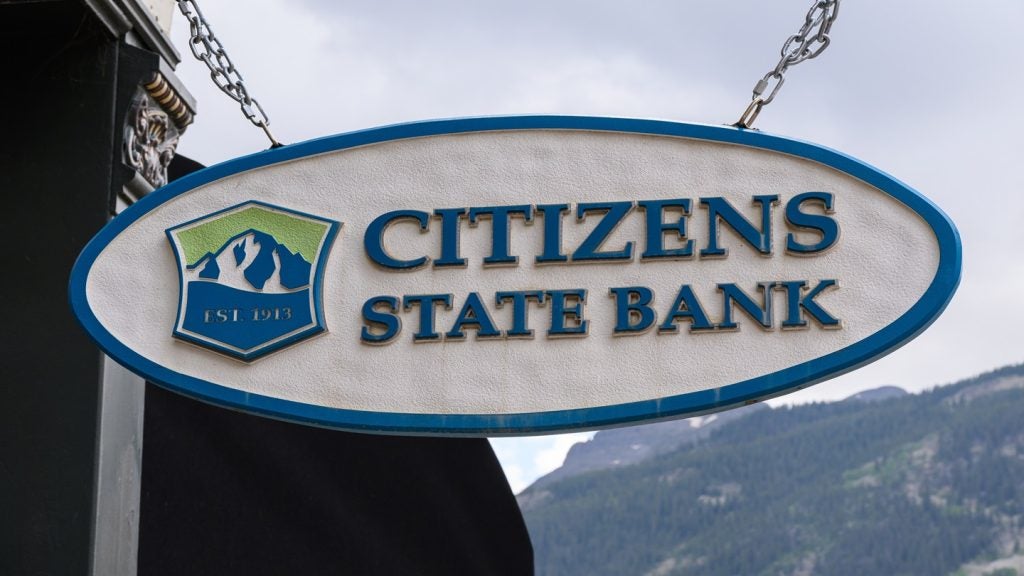Five lenders dominated the UK’s volatile mortgage market
in the first half of 2008 as they filled the huge void left by
Northern Rock. Abbey and Barclays gained the most, but one of the
highest profile UK marketing campaigns of the year, HSBC’s Rate
Matcher, only produced modest gains. William Cain
reports.
Five of the UK’s top banks claimed more than 100 percent of the net
mortgage lending market in the first half of 2008, taking higher
volumes and margins despite turmoil in the financial markets.
The five – Abbey, Barclays, Royal Bank of Scotland (RBS), Lloyds
TSB and HSBC – took a 100.6 percent market share of net mortgage
lending according to RBI research. This was possible
because other lenders, most obviously Northern Rock, had negative
net lending figures. The Rock, nationalised earlier this year after
mortgage market excesses led to its collapse, had net mortgage
lending of -£14.3 billion (-$26.7 billion) as the government ran
down the business and allowed mortgage repayments to exceed new
loans. In the first half of 2007 the figure was £9.9 billion,
representing 18.9 percent of net new mortgage lending in the
country.
The five banks all saw substantial increases in their share of
net mortgage lending. The ones which registered the best retail
banking results were those which also pulled back from mortgage
lending in the first half of 2007 when volumes were high, margins
were being squeezed and risk levels were increasing.
Speaking to RBI after HSBC’s interim results
presentation, chairman Stephen Green said it was an example of how
capital strength had allowed banks to grow into a space where
others had been constrained.
He said: “It is a good example of organically using capital
strength to take advantage of some of the opportunities which have
been created by the current environment.”

US Tariffs are shifting - will you react or anticipate?
Don’t let policy changes catch you off guard. Stay proactive with real-time data and expert analysis.
By GlobalDataAbbey pushes ahead
Abbey, the UK subsidiary of Santander, was the stand-out
performer, with strong mortgage growth and a 19.6 percent increase
in pre-tax profits to £648 million. The bank said it had scaled
back on riskier and lower margin mortgage lending in the first half
of 2007 but was now taking the opportunity to gain more customers.
Abbey’s success in the early part of 2008 came in part from the
unwinding of some of the assets in its global banking and markets
business which was used to partially fund the new mortgages.
Deposits also played a big role: around 60 percent of its retail
assets were funded from deposits. The bank saw a net inflow of
retail funds of £2.9 billion in the first half of 2008, an increase
of 50 percent.
Barclays increased its net mortgage lending market share from 6
percent to 26 percent in the first half of the year, making it the
biggest lender in the first half of 2008. The bank also increased
gross mortgage advances from £10.5 billion in the first half of
2007 to £12.7 percent, the result of the strong mortgage retention
strategy at Woolwich, Barclays’ mortgage brand, and improved
customer acquisition.
HSBC posted the largest retail banking increase in the UK
market, with a 203 percent year-on-year increase in its retail
bank’s profit before tax. But its mortgage market performance was
surprisingly subdued, with an increase from 3 to 6 percent
disappointing in comparison to its rivals’ numbers. While the
bank’s Rate Matcher mortgage loan gained a significant amount of
media coverage, Ray Boulger, senior technical manager at
independent mortgage adviser John Charcol said customer acquisition
was hindered by long waiting times for customers. He said some had
to wait up to three weeks for an appointment, and many decided to
opt for alternative, less attractive deals rather than wait.
The notorious Together product
Northern Rock itself is still dealing with the hangover from the
spectacular bust which left it in state hands, in particular its
now notorious Together mortgage product.
The product offered loan-to-vale (LTV) ratios of up to 125
percent of the value of a home in theory, with a 95 percent
mortgage as well as a 30 percent unsecured loan up to a maximum of
£30,000. The average LTV on the product was around 105 percent on
the bank’s 26,000 Together accounts. Together also offered lending
at income multiples up to 5.9 times income. The number of these
accounts over three months in arrears was 2.14 percent, almost
double the residential mortgage loan loss impairment average of
1.21 percent, according to the UK’s Council of Mortgage
Lenders.
Simon Jackson, managing director of UK broker Moneyquest, said:
“It was a product of its time, which I suspect if the credit crunch
had never come about would have been a gamble which might have paid
off… But at the time everyone was doing it – even the likes of
Abbey.”
Nationwide Building Society, the UK’s second-largest mortgage
lender, said in its April full year results that it would scale
back its home loans business. But Boulger said it had recently
aggressively re-entered the market.
Overall, UK building societies made up 22.7 percent of net new
lending in the first half of 2008, although the sector fell into
negative territory in the months of May and June, with repayments
outstripping new loans.







